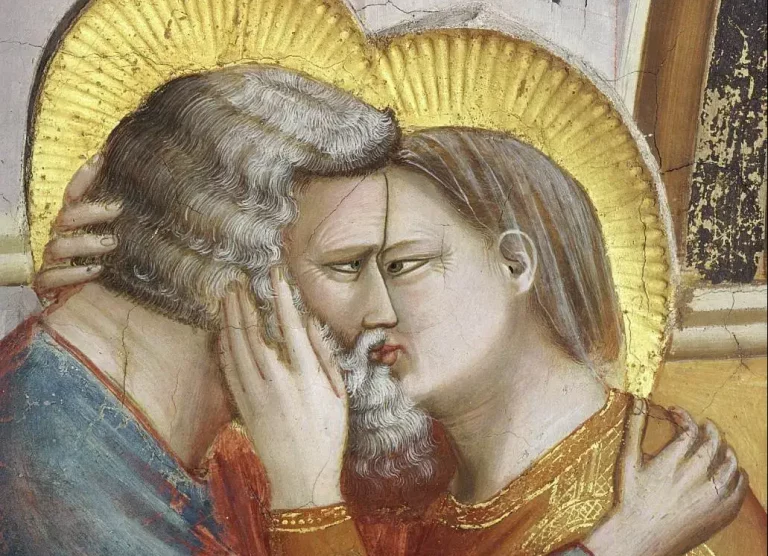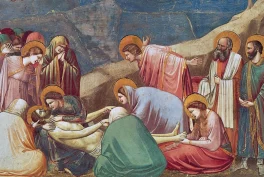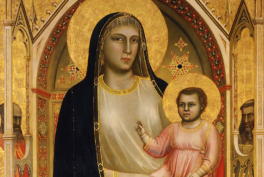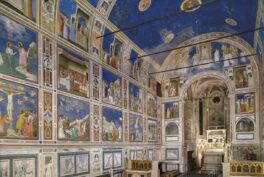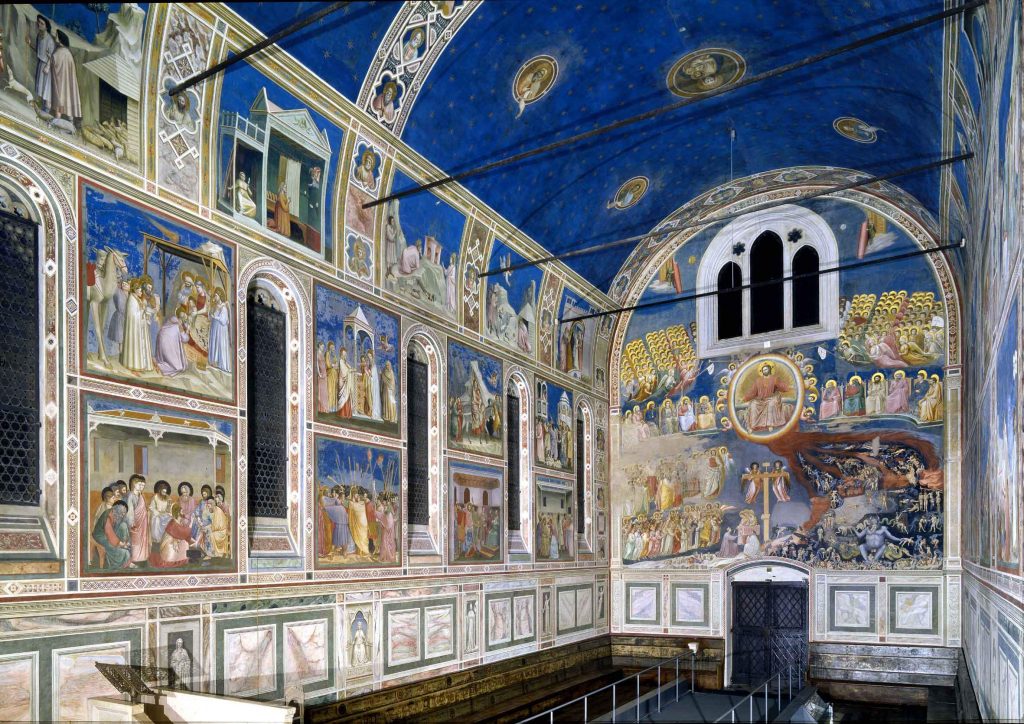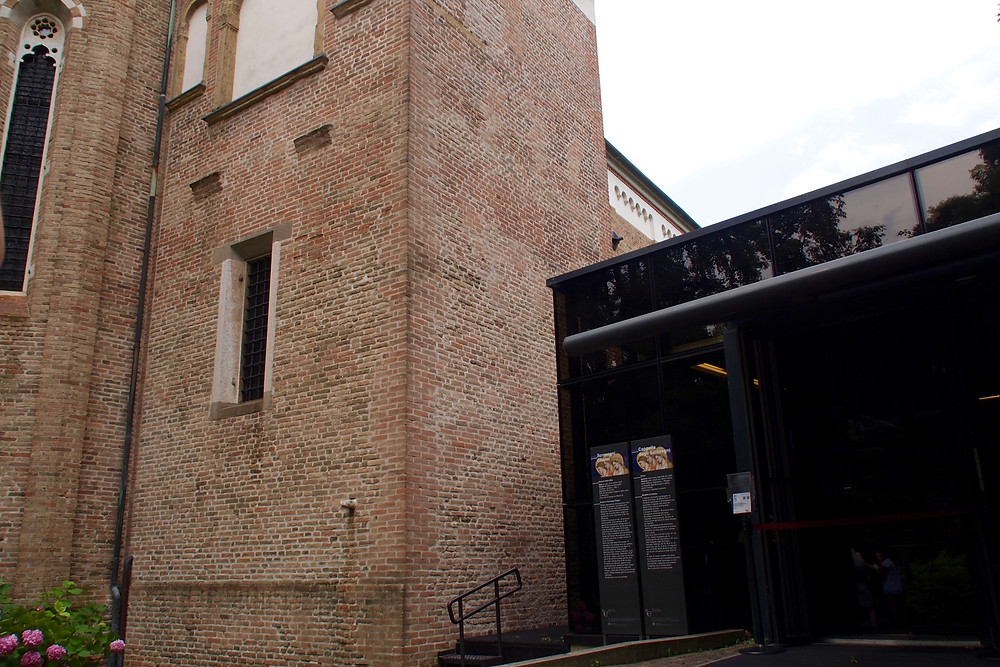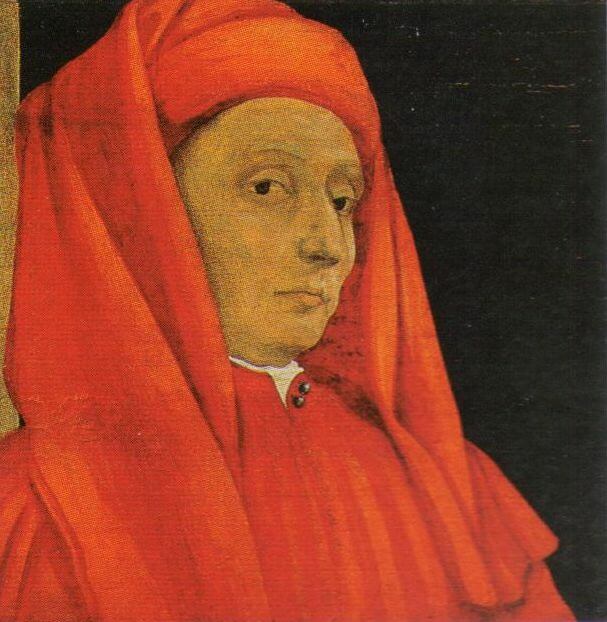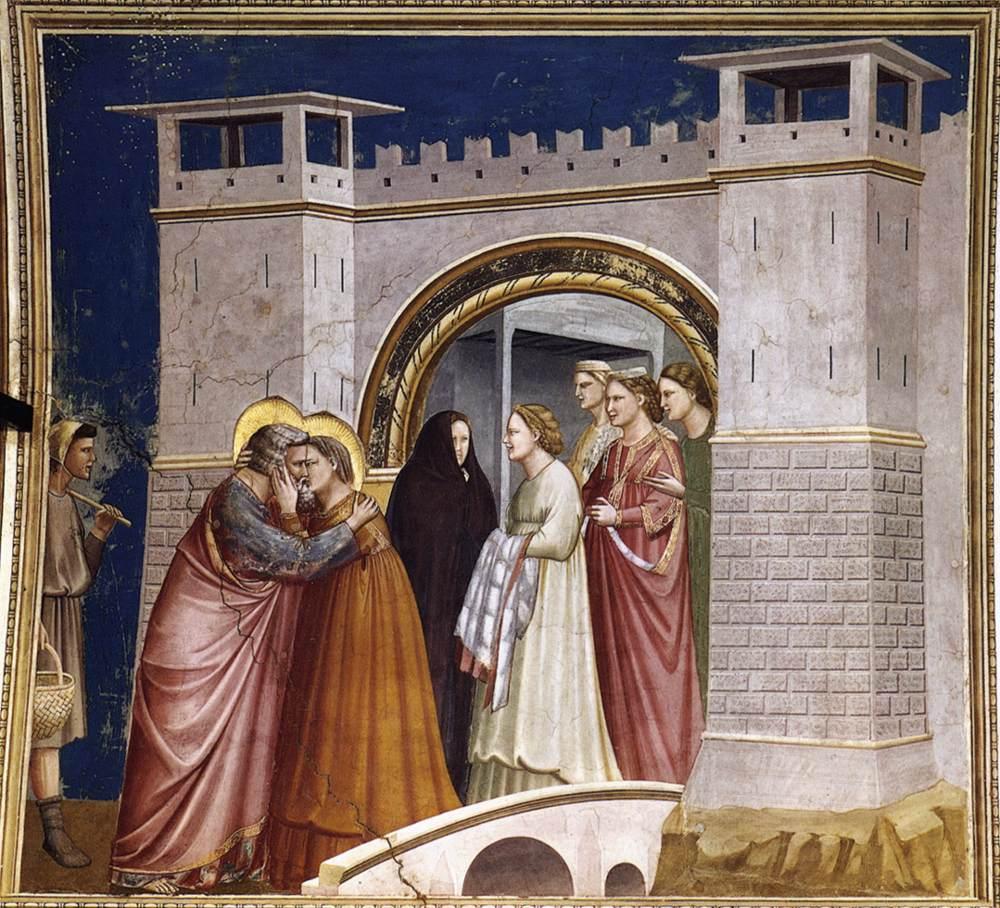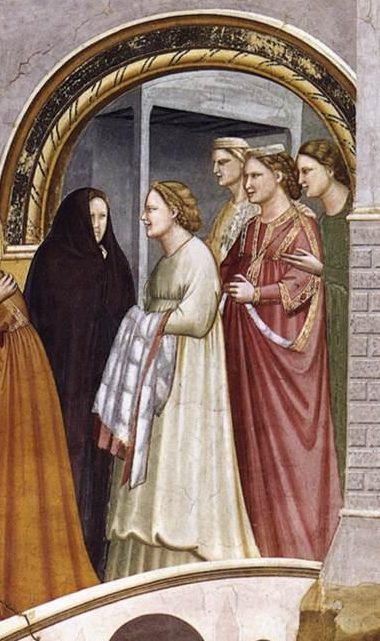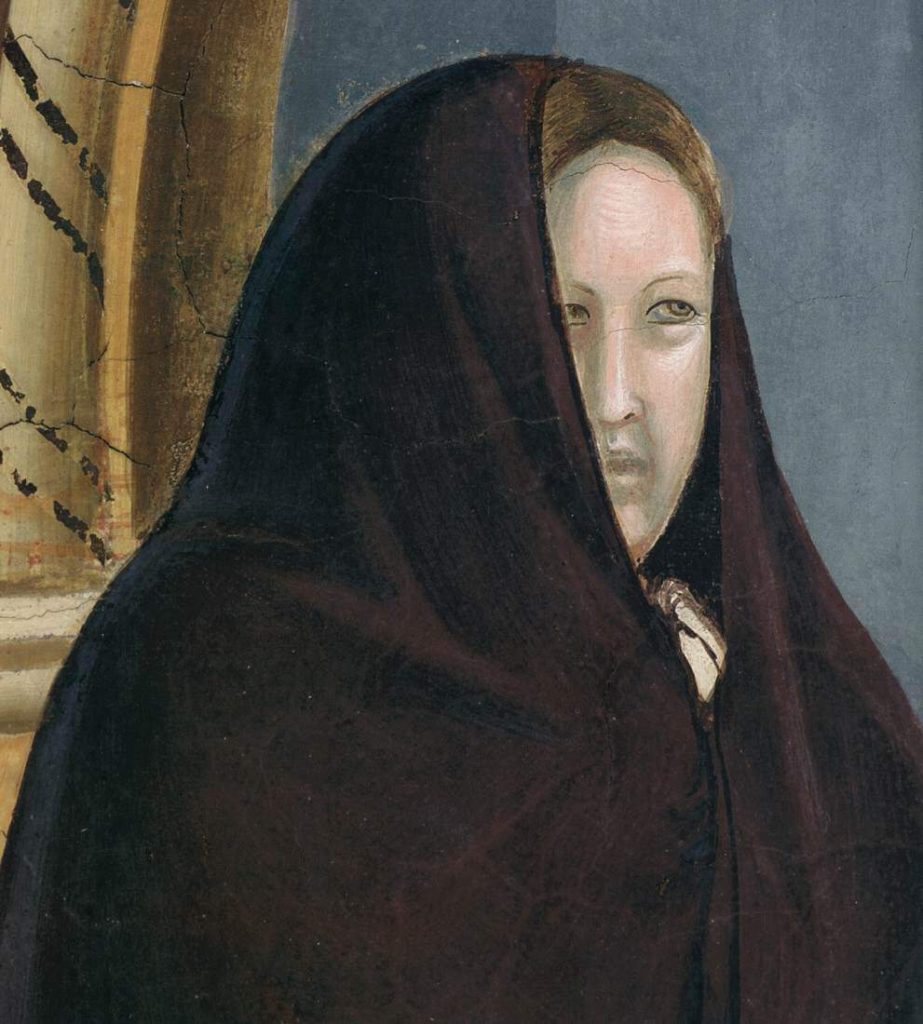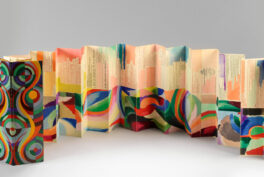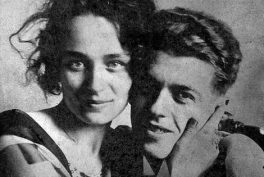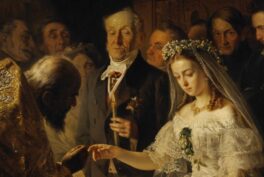Fresco Painting
Fresco painting is a technique of wall painting in which water-based colored pigments are applied to a thin layer of plaster that is still wet. The plaster has to remain wet while the painter is working on it. So, it is applied only to the area the artist estimates they would paint in one day. The artist must be able to paint very safely and quickly, because this technique, in contrast to other techniques, does not allow later corrections. Fresco is an ancient tradition of painting but it is most commonly associated with the art of the Italian Renaissance.
The frescoes in Scrovegni Chapel in Padua are the best-preserved frescoes by Giotto and his greatest fresco masterpiece. The cycle narrates events from the lives of the Virgin Mary and Christ.
Efforts for the Preservation of the Chapel
In 1880, the City of Padua came into possession of the Scrovegni Chapel. During the 19th and 20th centuries, the frescoes have been restored several times. From the 1970s until today, the building, the quality of the air in it, the polluting factors, and the frescoes themselves have been subjected to careful study and monitoring.
At the entrance, a new special air-conditioned waiting room was built. This is a sort of decontamination unit, where 25 visitors spend 20 minutes watching an introductory video about the content and preservation of the Scrovegni Chapel before entering it, in order not to contaminate the frescos. Once inside, you can admire fragile paintings for 15 minutes, and after that, a new group of 25 people comes in.
Giotto
Giotto di Bondone was an Italian painter born around 1267 in Tuscany. He was working throughout Italy, but primarily in Florence. He is considered the first artist to break away from the Byzantine style and move towards naturalism and a clear sense of space that is no longer simply flat. He painted real people with different faces and created an impression of depth and three-dimensional objects. This is why he is also considered the “father” of Renaissance art. In the year 1334, he was appointed head of the workshop at the cathedral in Florence, which was an honor until then reserved for sculptors and architects. When he died in 1337, he was a wealthy, famous, and successful artist.
The Kiss
Giotto’s Meeting at the Golden Gate is the moment when both Joachim and Anna have just received news from the angel that, after years of infertility, they will have a child.
The whole scene takes place in the foreground. The figures are simple and big, tightly gathered. The composition is perfectly aligned with the emotional content of the subject. The architecture of the huge gate, with the arch framed in gold, forms a simple framework for the event.
Giotto’s characters show their emotions. The four female characters look in the direction of the happy couple. With their heads slightly tilted, they direct the viewer’s gaze. Joachim and Anne lean towards one another, embrace each other and kiss. Their halos intersect as they immaculately conceive the Blessed Virgin.
In contrast to this happy emotional scene, the lady in dark clothing looks absently in another direction, maybe foreshadowing the dire events to come.
Giotto’s art must have seemed almost miraculous to his contemporaries because his forms looked so life-like that they could be mistaken for reality itself. Although it might look a bit naive to us today, it was absolutely revolutionary for the time.
In 2021, the Scrovegni Chapel was included in the UNESCO list of world heritage sites.
